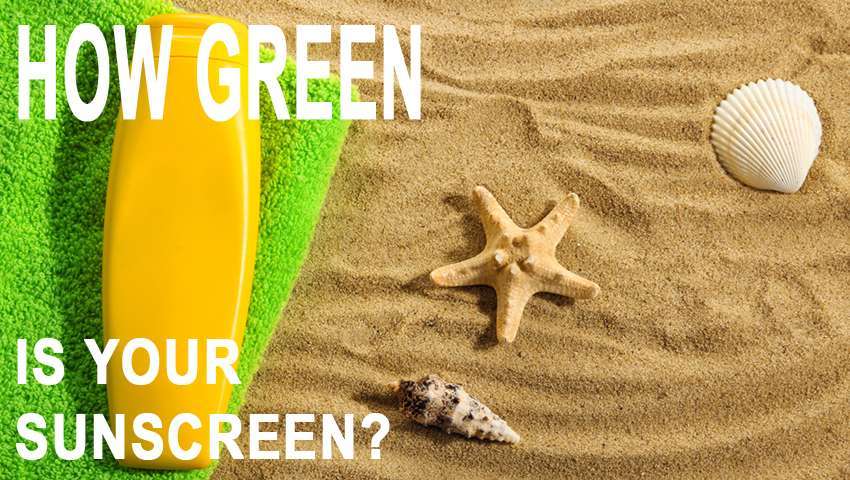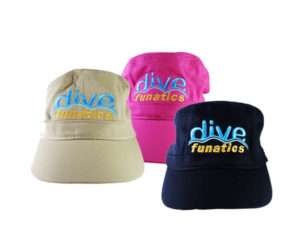Is Your Sunscreen Saving Your Skin but Harming the Environment?
It’s summer time again on this part of the world. The sun has been meaner more than ever and thus requiring more potent sun-protection additives to sunscreens. When going out to buy one for your upcoming summer adventures in the beach, please also consider the effects this may have on our underwater friends especially the corals. It’s not enough that the label reads “organic”.
Be mindful of the ingredient called oxybenzone. This is component found in many sunscreen products as well as shampoo and mascara. It is a very dangerous component which can cause severe deformity in corals and even death to these underwater creatures. Per MarineSafe.Org, one drop of this substance is equivalent to six and a half Olympic-size swimming pools’ worth of water sufficient to damage coral. It’s that harmful to our underwater friends. It could also even be harmful enough to humans as this substance is being tagged as an endocrine disrupter, meaning it affects the hormones and reproductive functions of the user. Oxybenzone is currently being tagged as a product which meets the criteria for substances under high concern and is included in the list of substances which needs to be replaced. MarinSafe.org has published a list of chemicals commonly found in sunscreen lotions which may be beneficial to humans but are extremely deadly to corals. You may access the list on this link.
Next time you use a sunblock when you hit the waters, consider buying green brands. Or you may go to your garden and check your pantry. You can whip up some concoction free of petrochemicals and other artificial ingredients. For a natural water-resistant sun lotion, you may use the gel of an aloe vera and mix it with some beeswax, shea butter, olive oil, and rosemary extract– these are the common ingredients used in marine-approved sunscreens. And just wear a hat!



Recent Comments